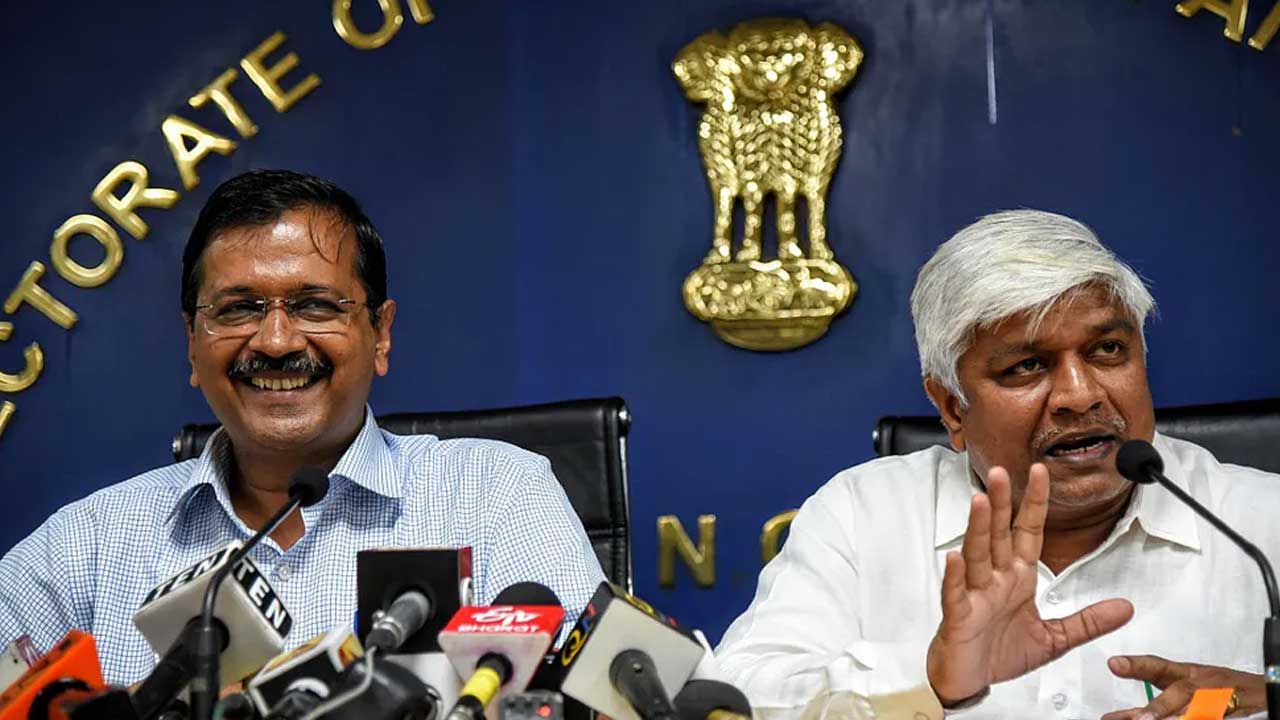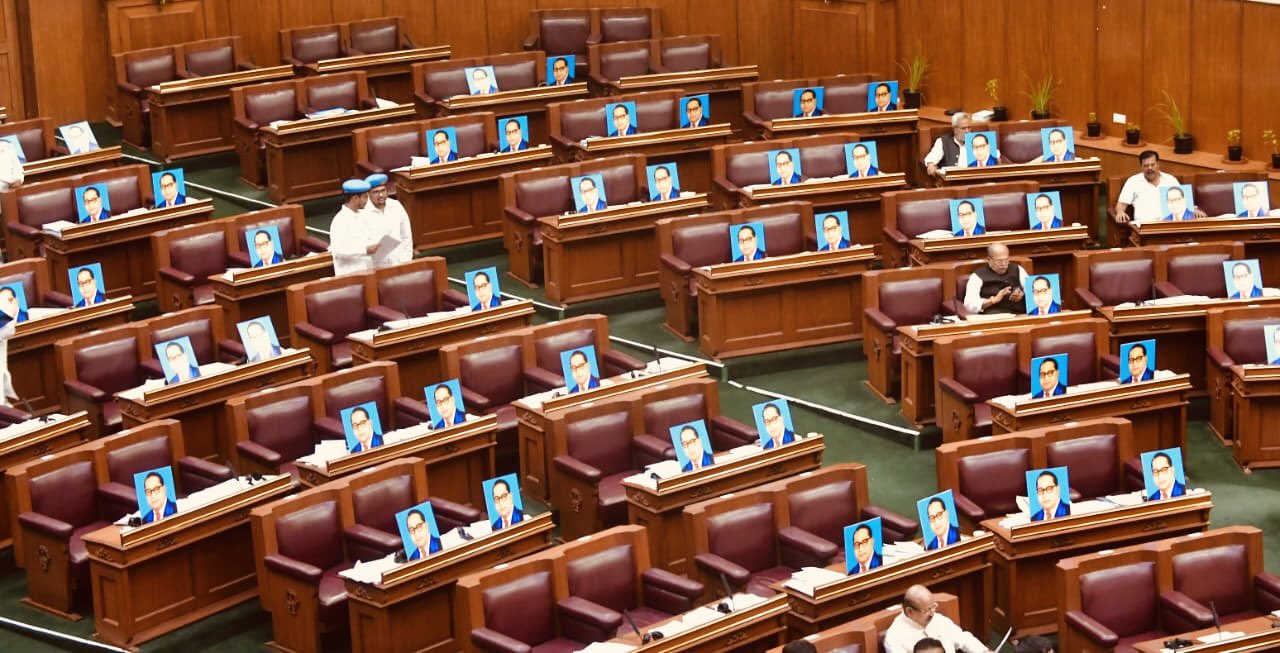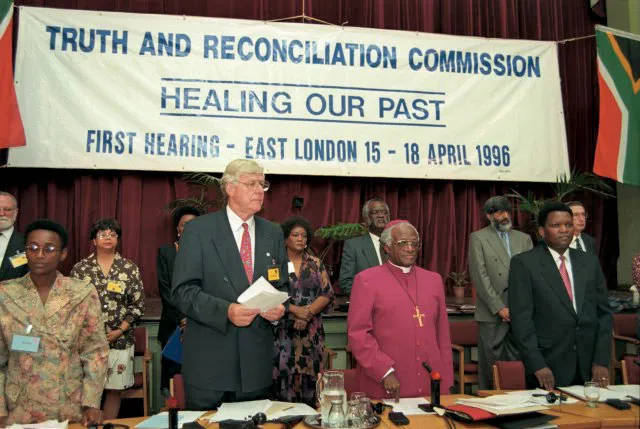On 5 October 2022, Rajendra Pal Gautam, then a minister in the Delhi government, participated in a programme in which around ten thousand Dalits quit Hinduism and embraced Buddhism. The programme was organized to mark Ashok Vijayadashmi and Dhamma Chakra Pravartan Diwas. The participants, including Gautam, repeated the 22 vows that Ambedkar and his followers had taken on 14 October 1956, the day they abandoned Hinduism and turned Buddhists. As soon as a video of the event surfaced on social media, Gautam came under fire from the Bharatiya Janata Party (BJP). An incensed Delhi chief minister and Aam Aadmi Party (AAP) supremo Arvind Kejriwal asked Gautam to resign. Gautam put in his papers on 9 October 2022.
At different times and on different occasions, Arvind Kejriwal has been projecting himself as a devout Hindu and an ardent Ambedkarite. During the run-up to the Assembly elections in Punjab, he presented himself as a committed follower of Ambedkar and Bhagat Singh. He also promised that pictures of only Ambedkar and Bhagat Singh would be put up in the offices of the Punjab government if AAP was voted to power – a promise that he kept. He also said that every action of his was aimed at realizing the dreams of Ambedkar. At the same time, he has also been calling himself a great devotee of Ram and Krishna. The Gautam incident has exposed his real face.
The Anna Hazare-led movement, launched in 2013, had two key slogans – end corruption and appoint Lokpal. This movement brought two leaders to the centre stage of national politics. One was the (then) Gujarat chief minister Narendra Modi and the other was Arvind Kejriwal. What Modi and Kejriwal have in common is that as chameleons, they have few rivals. Narendra Modi presented himself as a leader of the Dalits, the OBCs and the poor (tea-seller) while holding on to his Hindutva credentials zealously. Arvind Kejriwal used his party’s poll symbol, broom, to build his image as the representative of the common man (Aam Aadmi). Kejriwal kept on changing his ideological garb. Sometimes he called himself a follower of Ambedkar, at other times of Bhagat Singh and at yet others, Ram’s devotee Hanuman. Recently, he announced in Gujarat that he was born on Janmashtami to slay Kansa (demonic forces), indirectly projecting himself a Krishna incarnate.

Of the 22 vows that Rajendra Pal Gautam and others took, eight directly assail Hindu religion with its gods and goddesses, its belief in the superiority of the Brahmins and its rituals and customs. These eight vows are:
- I shall have no faith in Brahma, Vishnu and Mahesh, nor shall I worship them.
- I shall have no faith in Rama and Krishna who are believed to be the incarnation of God nor shall I worship them.
- I shall have no faith in ‘Gauri’, Ganapati and other gods and goddesses of Hindus nor shall I worship them.
- I do not believe in the incarnation of God.
- I do not and shall not believe that Lord Buddha was the incarnation of Vishnu. I believe this to be sheer madness and false propaganda.
- I shall not perform ‘Shraddha’ nor shall I give ‘pind-dan’.
- I shall not allow any ceremonies to be performed by Brahmins.
- I renounce Hinduism which is harmful to humanity and impedes the advancement and development of humanity because it is based on inequality, and adopt Buddhism as my religion.
The first oath rejects the Hindu-pantheon trinity (Brahma, Vishnu and Mahesh) and prohibits their worship. The second confronts Ram, the biggest cultural icon of Hindu religion, whom the Rashtriya Swayamsevak Sangh (RSS) and the BJP hold in the highest esteem. Ram was at the centre of the RSS-BJP’s campaign to build a Hindu Rashtra, which brought them political victory. Babri mosque was pulled down to anoint Ram as the supreme cultural and religious hero of India. A grand Ram Temple is under construction at the site.
Seeking Rajendra Pal Gautam’s resignation after the surfacing of a video showing him taking the 22 vows, the BJP had given Kejriwal an opportunity to choose between Ram and Ambedkar. Kejriwal opted for Ram.
Had Kejriwal allowed Gautam to continue as a minister, he would have sent out a message that he stood by the vows that Gautam had taken. But by showing Gautam the door, Kejriwal signalled to the Hindus, and especially the upper-caste Hindus, that if he has to choose between Ram and Ambedkar, he will opt for Ram.
Had he chosen Ambedkar, his image as a devout Hindu and as Ram’s devotee Hanuman would have been shattered. It would not be an exaggeration to say that Kejriwal doesn’t have the moral strength, ideological commitment and courage to antagonize upper-caste Hindus. His party’s top leadership is almost entirely upper caste. Kejriwal’s darling and the number two in AAP, Manish Sisodia flaunts his Rajput pedigree with unconcealed pride.
The sixth and the eighth vows challenge the supremacy of Brahmins. That is why BJP leader Manoj Tiwari, a Brahmin by caste, could not restrain himself and jumped into the controversy to save Hinduism, a euphemism for protecting the supremacy of Brahmins. He demanded the sacking of Gautam and registration of an FIR against him. As a loyal devotee of Ram, Kejriwal sacrificed Gautam, just as his idol had sacrificed Shambuk, to please the Brahmins.
(Translated from the original Hindi by Amrish Herdenia)
Forward Press also publishes books on Bahujan issues. Forward Press Books sheds light on the widespread problems as well as the finer aspects of Bahujan (Dalit, OBC, Adivasi, Nomadic, Pasmanda) society, culture, literature and politics. Contact us for a list of FP Books’ titles and to order. Mobile: +917827427311, Email: info@forwardmagazine.in)





